10 Best Front-End JavaScript Frameworks
10 Best Front-End JavaScript Frameworks

When it comes to choosing a JavaScript framework, there are many factors to consider. For example, do you want a framework that is lightweight and fast or one that is feature-rich and robust? Do you need a framework that is easy to learn or one that has a steep learning curve but provides more features?
Many excellent front-end JavaScript frameworks are available, so it can be tough to decide which is right for your project. To help you decide, I’ve put together a list of the ten best front-end JavaScript frameworks.
*All of this information in this article has come from other sites — and I’ve endeavored to give correct attributions for all information gathered here.
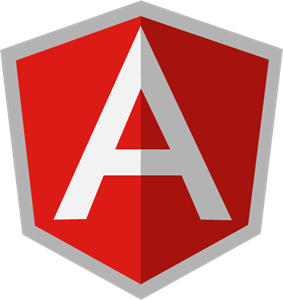
1. AngularJS
AngularJS is a JavaScript framework that helps you build web applications. It lets you use HTML as your template language and extends HTML’s syntax to express your application’s components clearly and succinctly. AngularJS’s data binding and dependency injection eliminate much of the code you would otherwise have to write (osano.com). And it all happens within the browser, making it an ideal partner with any server technology.
Though it’s a front-end framework, it’s still confused with a backend framework like Django.
Features of AngularJS:
- AngularJS is a complete framework for web development.
- AngularJS is easy to use and easy to learn.
- AngularJS provides a wide range of features that make it a good choice for web development.
- In addition, AngularJS is open source and free to use.
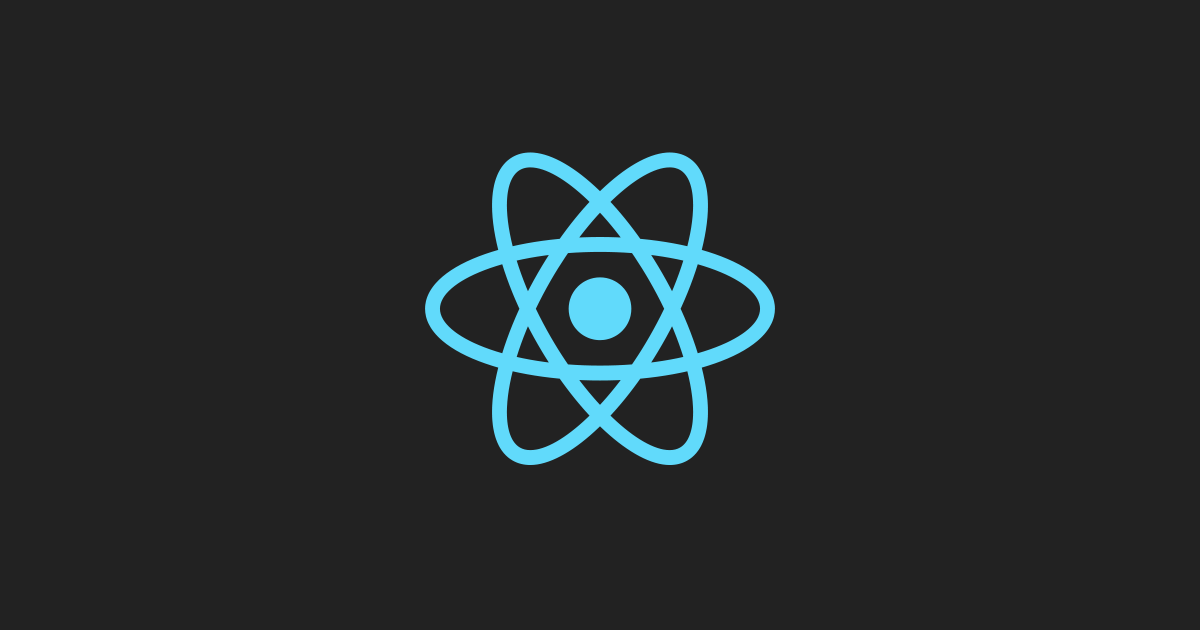
2. React
React is a JavaScript library for building user interfaces. It lets you create reusable components so your code is easy to read and maintain. React is a declarative, efficient, and flexible JavaScript library for building user interfaces. It lets you create reusable components so your code is easy to read and maintain. React, and Angular is considered to be the two best JavaScript frameworks.
Features of React:
- React is a declarative, efficient, and flexible JavaScript library for building user interfaces.
- It lets you compose complex UIs from small and isolated pieces of code called “components.”
- React has a few built-in features such as support for multiple platforms, an easy-to-use syntax, and a strong community.
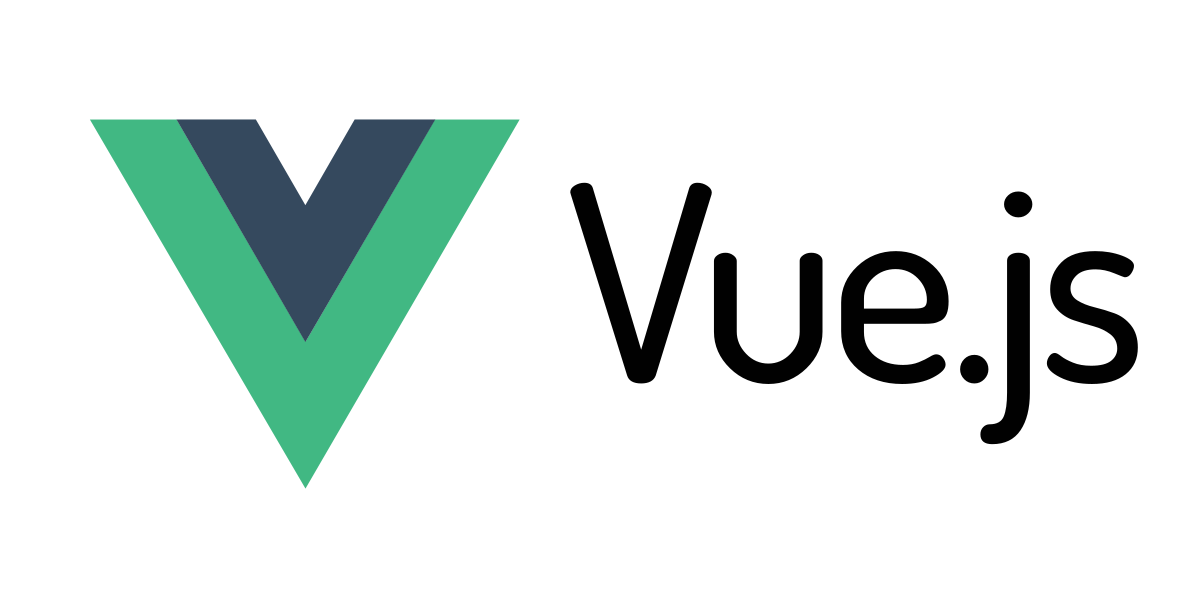
3. Vue.js
Vue.js is a progressive framework for building user interfaces. It is designed to be incrementally adoptable and can quickly scale between a library and a full-fledged framework.
Features of Vue.js:
- VueJS is very simple to use and understand
- VueJS has excellent documentation that is very helpful for beginners
- Vue.js provides a wide range of features that make it a good choice for web development.
- Vue.js is open source and free to use.
4. Ember.js
Ember.js is a JavaScript framework for creating web applications. It provides a solid foundation for building ambitious applications. Ember.js is built for productivity. It includes everything you need to get started without any build tools or command-line interfaces.
Features of Ember.js:
- Includes features such as automatic two-way data binding, templates, and a routing system.
- EmberJS is open source and is released under the MIT license.
- It includes several tools that help developers get their applications up and running quickly.
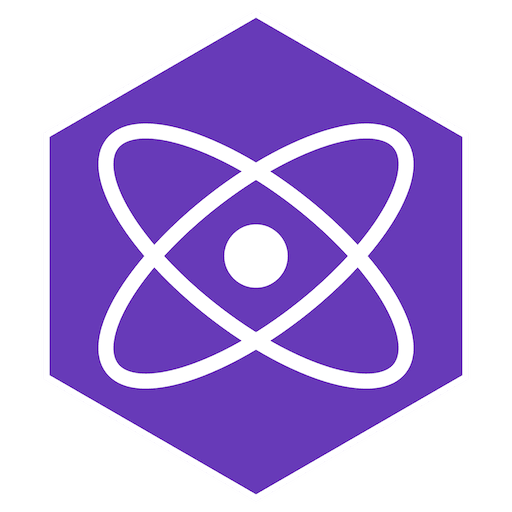
5. Preact
Preact is a fast, 3kb alternative to React. It’s ideal for building performant, lightweight applications. Preact is a fast 3kb alternative to React. It’s small enough that your application’s initial load time is reduced, and its size is so tiny that you can easily include it in your application’s codebase.
Features of Preact:
- Preact is a complete framework for web development.
- PreactJS is a lightweight library that focuses on being fast and efficient.
- It has a small footprint and is easy to learn and use.

6. Inferno
Inferno is a fast, lightweight React-like JavaScript library for building high-performance user interfaces. It is similar to React because it lets you create reusable components and efficiently update the DOM. However, Inferno is significantly faster than React due to its use of a virtual DOM.
Features of Inferno:
- InfernoJS is a fast library that can render up to 60 frames per second.
- It uses a virtual DOM that makes it easy to keep track of changes and update the UI
- InfernoJS is easy to use, and it has a simple API.
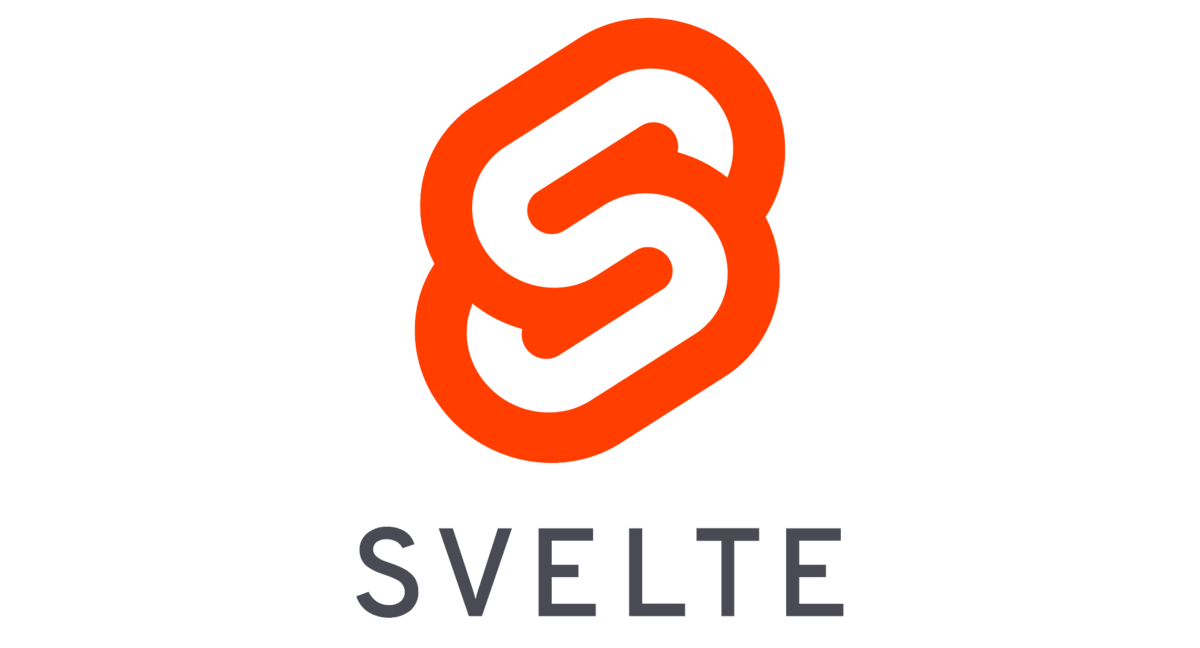
7. Svelte
Svelte is a new way to build web applications. It’s a compiler that takes your declarative components and turns them into highly efficient vanilla JavaScript. By doing this, you can write concise code that’s still readable, and your applications end up being incredibly fast. It’s one of the best JavaScript frameworks.
Features of Svelte:
- Svelte uses a virtual DOM to keep track of changes in your app.
- Svelte is easy to use and easy to learn.
- Components are self-contained and can be easily reused in other projects.
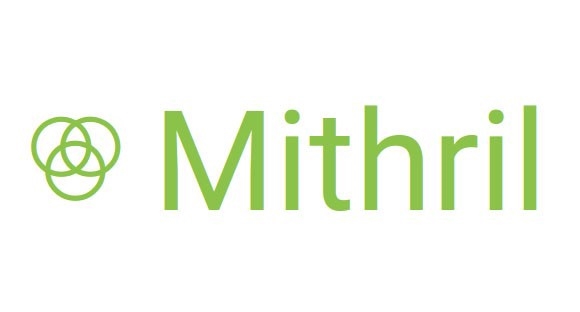
8. Mithril
Mithril is a modern client-side JavaScript framework for building Single-Page Applications. It’s small (< 8kb gzip), fast and provides routing and XHR utilities out of the box (mithril.js.org).
Features of Mithril:
- Mithril includes built-in support for routing and XHR
- It has a small API with very few built-in features, making it more flexible.
- Light-weight and provides better performance

9. Aurelia
Aurelia is a JavaScript client framework for web, mobile, and desktop that leverages simple conventions to empower your creativity. It’s built on a standards-based, extensible platform that works with the industry’s most popular toolchains and libraries.
Features of Aurelia:
- Built on top of modern standards such as Web Components
- Easy to learn and use, and it has a very small footprint.
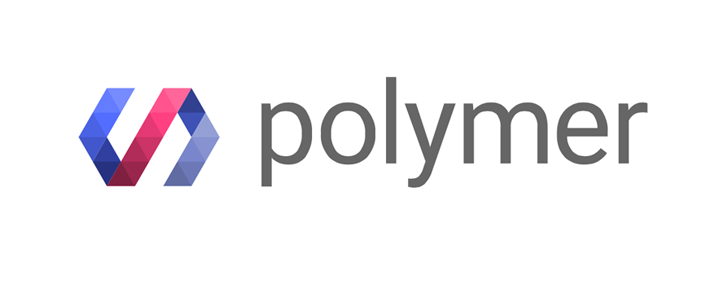
10. Polymer
Polymer is a JavaScript library for building web applications using web components. It lets you create custom HTML elements, using the shadow DOM to change their behavior. You can use it to build entire applications or use it to add an element or two to an existing page.
Features of Polymer:
- Very light-weight as well
- Uses Shadow DOM to change the internals of a component
- It promotes best practices for creating reusable components
Conclusion
Many different front-end JavaScript frameworks are available, each with pros and cons.
However, the ten best front-end JavaScript frameworks listed above have unique strengths that make them stand out from the rest.
Whether you’re looking for a lightweight and easy-to-learn or powerful framework that provides a more robust development experience, there’s a front-end JavaScript framework on this list that will suit your needs.
What do you think other JavaScript frameworks should be on this list? Let us know in the comments.
Featured Image Credit: Junior Teixeira; Pexels; Thank you!
The post 10 Best Front-End JavaScript Frameworks appeared first on ReadWrite.
(127)



